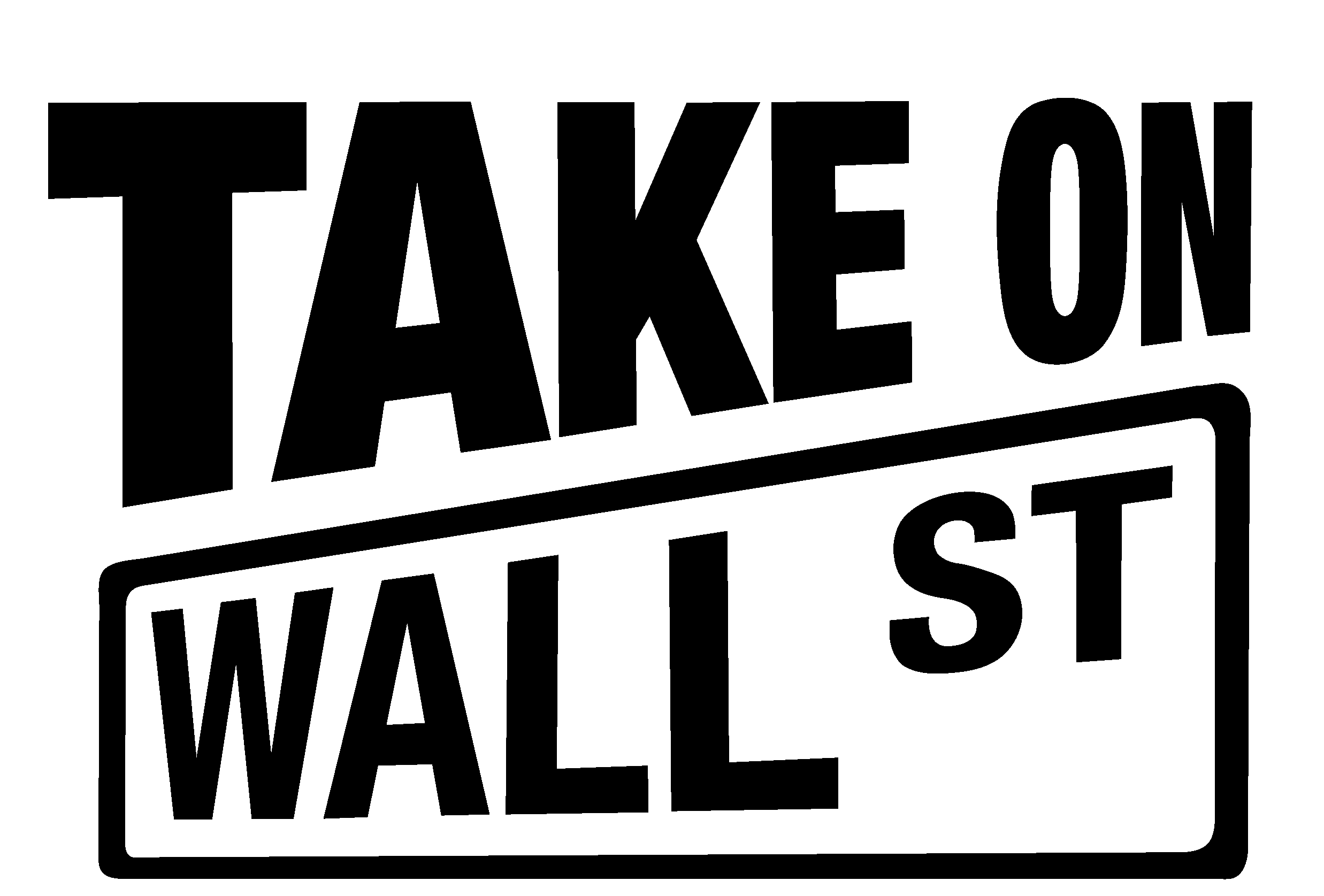 This post was guest authored by Remington Daniel, Americans for Financial Reform Legal Fellow.
This post was guest authored by Remington Daniel, Americans for Financial Reform Legal Fellow.
In 1711, the white citizens of New York City feared the enslaved men that walked their streets. Complaints flooded in, and by December of that year, the New York City Common Council passed a law in order to establish a market house for the buying and selling of slaves and slave labor. It was the city’s first slave market, located right in Manhattan.
Or, more specifically, right on Wall Street.
Wall Street has played a central role in enabling white people to accrue wealth throughout the generations and history of this country. From the moment enslaved people finished erecting the wall from which Wall Street got its name, white people began accumulating, investing, and growing their wealth to pass down for generations– all with the help of slavery. Even after the Emancipation Proclamation, the wealth for white people grew and grew while the chances for Black people to even begin growing their wealth were few in number.
However, while most history books now catalog the lack of opportunities to build wealth, even rarer mention is given to the times throughout very recent history where white supremacy actively destroyed Black attempts to build wealth and establish generational roots.
Such an amazing attempt was Tulsa, Oklahoma’s Greenwood District, a neighborhood so affluent that it came to be known as the “Black Wall Street.” In the early 20th century, its name was well deserved; countless Black-owned businesses saw wealthy reception. Hundreds of Black professionals lived and worked in the district, from barbers to lawyers. It was fully self-sufficient, prosperous, and thriving.
Racial jealousy and animosity at the sight of a prospering Black community eventually led to tragedy. After seventy-five armed Black men attempted to protect a Black shoe-shiner from being lynched, mobs and mobs of armed white men followed them back to Greenwood. On the morning of June 1st, 1921, those mobs began burning Black Wall Street to the ground. Looting the businesses, shooting any Black person they saw, and burning every piece of property continued for over a day. At the end of it, over 35 city blocks of once-thriving Black excellence were now destroyed, including at least 1,200 homes. At the time, white newspapers stated that the death toll was 36; now, the death toll is estimated to be around 300.
What happened on Black Wall Street did not happen in isolation. Throughout history, while white people have had the opportunity to grow their wealth on a street built by Black labor, Black people have had their efforts thwarted time and time again by tools of white supremacy, such as racial violence, Jim Crow, and economically discriminatory policies.
The effect of these measures are with us today; in 2016, the net worth of white families was ten times greater than that of Black families.
As we consider Juneteenth celebrations this week, we must remember that the structures which used Black bodies to bolster white institutions while forsaking and destroying its Black counterparts are still in place today. Wall Street still exists today. White supremacist groups like the KKK still exist today. White family dynasties still exist today. Corporations that got their foundations on the backs of Black labor still exist today. In tandem, the effects of massacres like those in Tulsa, Oklahoma are still being felt by families who never got the chance to regrow their fortunes. These roots run deep, but they are very much still with us.
Indeed, those roots are fresh wounds. The destruction of Black Wall Street sees its 100th anniversary only next year; the racist miasma of Black loss is one barely older than our grandparents. It is not the product of a bygone era, but the folly of historical documentation causes it to be forgotten all the same. To grow, we must do better. To grow, we must train our memories.
People were unable to watch what happened in Tulsa. It was not broadcast on television. Clips from the tragedy do not exist. The massacre in Tulsa’s Greenwood District did not get the worldwide uproar that it would have if it were to occur today. In 1921, Black Wall Street died in silence while white Wall Street thrived.
Today, the same brand of white supremacy manifests in less obvious manners. For example, the auto industry commonly targets Black, Indigenous, and other people of color for worse auto deals than white car buyers. In an investigation conducted by the National Fair Housing Alliance (NFHA), they found that auto dealers would typically give more costly pricing options to the non-white testers than to the white testers, despite the non-white testers being more qualified. Furthermore, auto dealers offered fewer financing options to the non-white testers 75% of the time. When non-white people are more likely to live in places without reliable public transportation, this greatly hinders access to jobs and work opportunities– and hence opportunities to build wealth.
In 2020, the world can watch. It’s hard to ignore video evidence of white supremacy and police impunity in action. We actively demand policy and reform changes for the tragedies of racism; however, if we truly wish to combat structures that destroy Black lives and Black wealth, we must remember that some of these tragedies are not as old as they may seem.

Leave a Reply